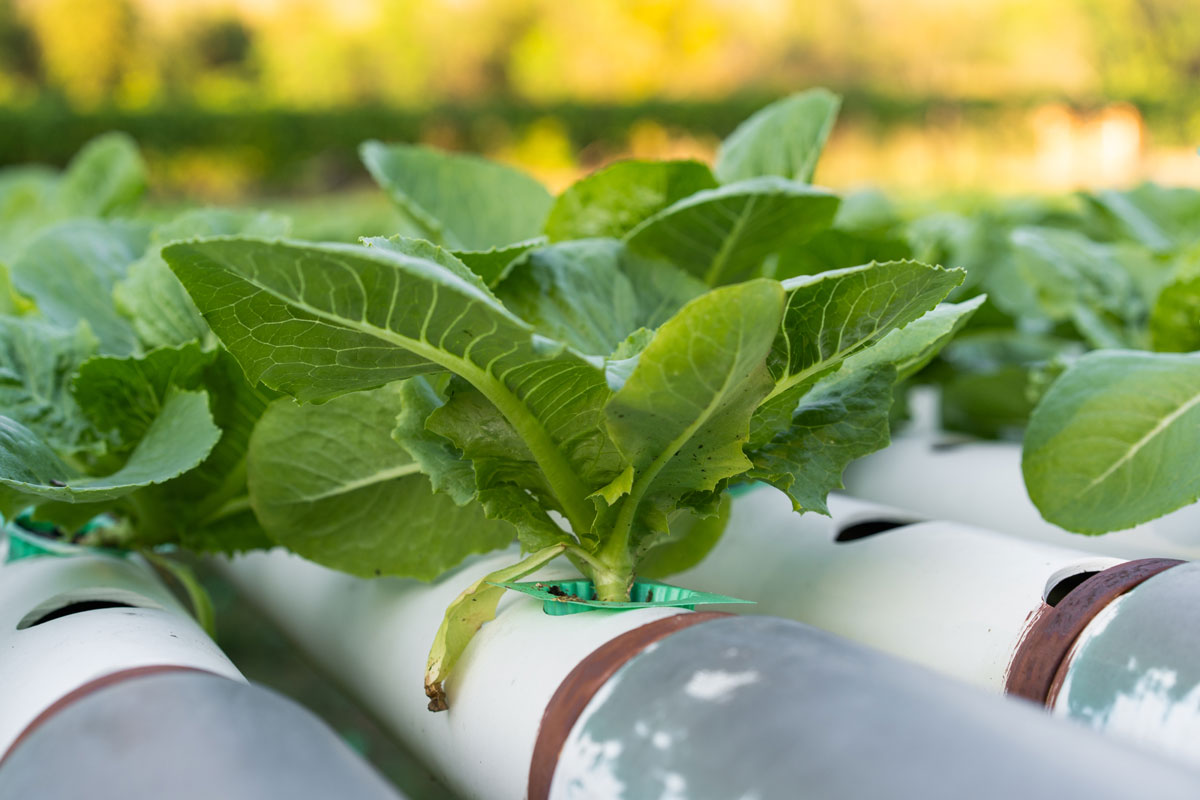Growing lavender with aquaponics combines the benefits of hydroponics and aquaculture, creating a symbiotic system where fish waste provides nutrients for the plants. Here’s a guide on how to grow lavender using aquaponics:
- Set up the aquaponic system: Start by establishing a suitable aquaponic system, which typically consists of a fish tank or pond, a grow bed for the plants, and a water recirculation system. Ensure that the system provides adequate filtration and aeration for the fish.
- Choose the right fish: Select fish species that thrive in aquaponic systems, such as tilapia, trout, or catfish. These fish produce waste that serves as a nutrient source for the lavender plants. Make sure the fish species you choose are compatible with the environmental conditions in your region.
- Establish a balance: Allow the fish to acclimate to the aquaponic system and ensure that the water parameters, such as temperature, pH, and ammonia levels, are within the appropriate range for the chosen fish species. Cycling the system by establishing beneficial bacteria that convert fish waste into plant-available nutrients is crucial for a balanced ecosystem.
- Select the lavender variety: Choose lavender varieties that are suitable for aquaponic cultivation. English lavender (Lavandula angustifolia) or lavandin (Lavandula x intermedia) varieties are commonly grown with aquaponics due to their adaptability.
- Planting lavender: Transplant lavender seedlings or rooted cuttings into the grow bed of the aquaponic system. Ensure that the plant roots are properly situated in the growing media, such as expanded clay pellets or a raft system, allowing for optimal nutrient uptake.
- Maintain water quality: Monitor and maintain the water quality in the aquaponic system, including pH, ammonia, nitrite, and nitrate levels. Lavender prefers a slightly alkaline pH ranging from 6.5 to 7.5. Ensure that the water temperature is suitable for both the fish and the lavender plants.
- Lighting requirements: Lavender requires approximately 12-16 hours of light per day. If natural sunlight is insufficient, supplemental grow lights can be used to provide the necessary light intensity and spectrum for optimal plant growth.
- Nutrient management: The fish waste, along with beneficial bacteria in the aquaponic system, will provide nutrients for the lavender plants. However, occasional supplementation with a balanced aquaponic-friendly fertilizer may be necessary to ensure optimal plant growth and health.
- Pruning and maintenance: Regularly prune lavender to encourage bushier growth and prevent leggy stems. Pinch back the tips of the branches to promote lateral growth. Inspect the plants for any signs of pests or diseases, and address any issues promptly.
- Harvesting: Lavender is typically harvested when the flowers are fully open. Cut the stems just above the leaves, leaving enough foliage for the plant to continue growing and producing new flowers.
Growing lavender with aquaponics allows for an efficient use of resources while maintaining a sustainable and symbiotic system. By following these guidelines and adjusting the parameters based on your specific aquaponic setup, you can successfully cultivate lavender while benefiting from the integration of fish waste and plant nutrient cycles.



